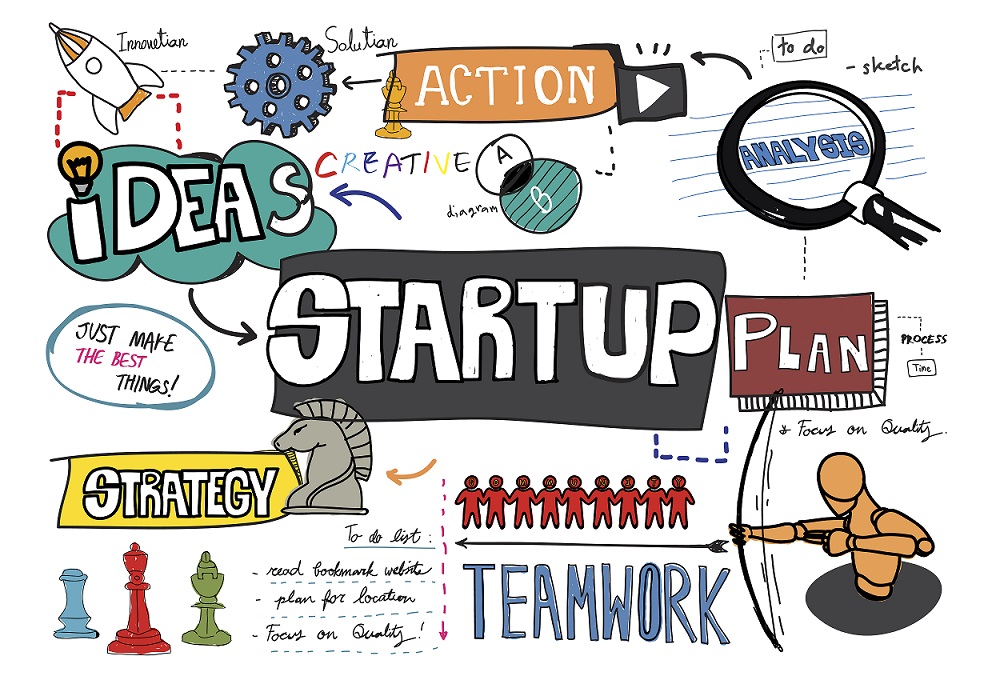"Innovation distinguishes between a leader and a follower. At Salty Media Production, we believe in pushing the boundaries of what's possible with AI and creative technology."
Data-Driven Marketing: Turning Analytics into Action
In the current digital landscape successful marketing depends on insight rather than intuition. Organizations that adopt data-driven marketing make decisions from measurable signals. They target more effectively. They improve return on investment. They create better customer experiences.
The Foundation of Data-Driven Marketing
Data-driven marketing is the practice of collecting customer signals analyzing them and using the results to guide marketing strategy. It covers tracking customer behavior measuring campaign performance segmenting audiences and applying predictive techniques. The practice ties analytics to action so each campaign becomes a testable and optimizable investment.
Core Components
Data collection captures customer behavior interactions demographics and transactions. Analytics converts raw data into performance measures segments and forecasts. Action and optimization apply those insights to targeting personalization channel allocation and journey improvements. Together these components form a loop that turns observation into measurable outcomes.
Building a Data Infrastructure
First-party data comes from website analytics email engagement CRM systems and transaction logs. Second-party data arrives through partners surveys and vendor collaborations. Third-party data supplements with market research social signals and competitive intelligence. A modern stack ingests all three sources and centralizes them for analysis.
Analytics platforms track website and product behavior at scale. Customer data platforms unify profiles and activate audiences across channels. Business intelligence tools provide dashboards and exploration capability for stakeholders. These systems must integrate reliably and feed a single source of truth for marketing decisions.
Customer Segmentation and Targeting
Segmentation groups customers by what they do who they are and what they want. Behavioral segmentation uses purchase history navigation and engagement. Demographic and firmographic segmentation uses age location company size and role. Psychographic segmentation captures values interests and lifestyle. Predictive segmentation identifies propensity to buy churn risk and lifetime value. Targeting then builds audiences from these segments and refines messages for relevance and timing.
Audience development includes creating lookalike and custom lists and optimizing by geography and time. Message personalization tailors creative and offers based on segment attributes and real-time behavior. The goal is to deliver the right message to the right user at the right moment.
Campaign Performance Measurement
Measurement covers awareness engagement conversion and retention. Awareness metrics show reach impressions and search interest. Engagement metrics capture clicks time on content and sharing behavior. Conversion metrics measure leads sales cost per acquisition and return on ad spend. Retention metrics track repeat purchases lifetime value churn and satisfaction. Attribution modeling links these outcomes to touchpoints. Teams use multi-touch models time-decay and data-driven approaches to map contribution across channels.
Predictive Analytics and Forecasting
Predictive analytics anticipates customer actions and market conditions. Purchase propensity models estimate who is likely to buy and when. Churn models identify early warning signals so teams can intervene. Lifetime value models prioritize investment in high-value segments. Market forecasting applies seasonal trend analysis and external factor assessment to optimize timing inventory and campaign cadence.
Personalization at Scale
Personalization customizes website content email creatives and advertising dynamically. Website systems change product recommendations layouts and messaging in real time. Email programs personalize subject lines send times and content based on behavior. Advertising leverages dynamic creative and retargeting to sustain message consistency across platforms. Journey optimization maps touchpoints and aligns content to user intent to reduce friction and increase conversion.
Marketing Mix Optimization
Channel performance analysis evaluates search social email and content impact. Traditional channels are integrated when appropriate using mixed attribution. Budget allocation shifts toward channels and tactics that prove ROI. Teams run experiments to measure marginal gains and reassign spend based on performance. Strategic investment balances short-term activation with long-term brand building.
Real-Time Marketing and Automation
Real-time systems trigger campaigns from user behavior lifecycle events and external moments. Automated campaign management sends event-driven messages and progresses users through lifecycle stages. Dynamic optimization adjusts bids creatives and audiences automatically to preserve performance. Moment marketing uses social listening and trend detection to create timely responses.
Privacy and Compliance
Data-driven marketing must comply with regulations such as GDPR and CCPA. Consent management data minimization and documented data handling are core requirements. Best practices include transparent collection secure storage and routine compliance audits. Ethical usage emphasizes clear value exchange user control and robust security.
Measuring ROI and Business Impact
Financial assessment ties marketing activity to revenue and margin. Revenue attribution traces direct sales contribution and long-term customer value. Cost optimization measures efficiency gains from automation and process improvements. Strategic value includes competitive insight stronger customer relationships and scalable processes that support growth.
Implementation Roadmap
Phase one builds the foundation in months one through six. Teams set up data collection implement analytics platforms centralize profiles and train staff. Quick wins establish baselines and initial segmentation. Phase two focuses on optimization from months six through twelve. Predictive models personalization systems and attribution analysis are deployed. Campaigns are refined for improved ROI. Phase three scales capabilities beyond twelve months. Machine learning powers real-time optimization cross-channel orchestration and continuous experimentation.
Conclusion
Data-driven marketing is a required capability for organizations that want measurable growth. It requires infrastructure analytics skills and disciplined processes. Start with clear objectives build a reliable data foundation and iterate through measurement and optimization. When data guides creative decisions marketers deliver better experiences greater efficiency and stronger business outcomes.
Ready to start your next project? Get in touch with us today and let’s discuss how we can bring your vision to life.



